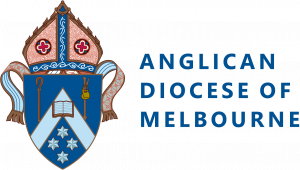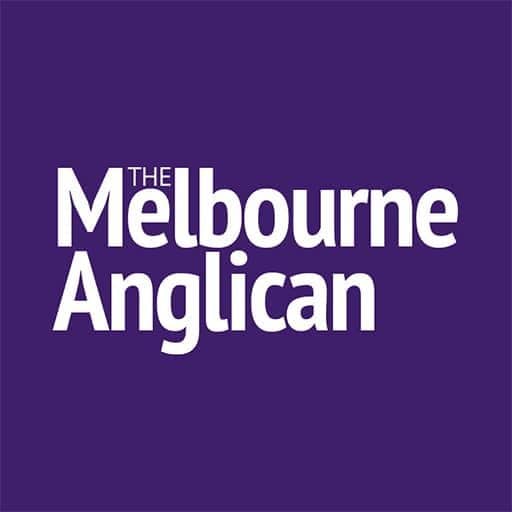
Bob Derrenbacker
27 September 2024
Many years ago, when I was just starting out as a biblical scholar, I was taught that the Bible, as the Word of God, had no internal theological conflict, was void of any historical contradictions, and if there were any, these were superficial and easily remedied. But as my career took shape, my research focused in on the New Testament gospels, particularly through using a gospel synopsis – a printed resource that lays the texts of the gospels out in parallel columns, allowing for a comparative or horizontal reading of passages. I realised that while the four gospels all tell a story of the life of Jesus, there were not just differences but also points of conflict between these accounts.
Here are just three examples. While all four gospels relate the story of Jesus being anointed by a woman with costly ointment, Matthew and Mark tell the reader that the event occurred in the house of Mary, Martha and Lazarus in Bethany during Holy Week; John says that it also occurred in Bethany, but in the house of Simon the Leper before Holy Week; Luke tells of the event occurring during Jesus’s ministry in Galilee in the house of Simon the Pharisee. As well, the synoptic gospels (Matthew, Mark, and Luke) tell the story of the so-called “cleansing of the Temple” occurring during Holy Week, late in the narrative after the Triumphal Entry by Jesus into Jerusalem. On the other hand, John’s gospel conveys this event very early in the ministry of Jesus. Likewise, the synoptics tell of the crucifixion of Jesus occurring on the first day of the Passover festival; in John’s gospel, it occurs the day before, on the festival’s “day of preparation”.
These are just a few examples of the places in the gospels where one observes difference and even some factual disagreement. For me, when I was a young biblical scholar, seeing this conflict was unsettling and a bit jarring at first, especially in light of my preconceived notions around the nature and authority of Holy Scripture.
Read more: A fresh encounter with John’s Gospel at St Jude’s
But as my calling matured, and as I worked with the gospels in my synopsis, I learned to live with difference between the four narratives accounts of the life of Jesus and came to appreciate the differences that I observed when reading the gospels. I came to understand that I shouldn’t expect absolute consistency and uniformity in the gospels. Difference allowed each gospel to stand out on its own, permitting me to see the gospels as four distinctive portraits of Jesus written by four different theologians and evangelists. Paying attention to difference enabled me as a scholar to see what was important to each gospel writer and to consider the potential literary relationships between these texts.
The early church recognised difference and distinctiveness among the four gospels. Perhaps as early as Saint Jerome in the late fourth, early fifth centuries, four different symbols began to be used to represent the four New Testament gospels: an angel or a man for Matthew, a lion for Mark, an ox for Luke, and an eagle for John. These four symbols represented the four gospels as each being a distinctive portrait of Jesus. Our own Anglican three-year Sunday lectionary acknowledges and appreciates this difference as well, with readings for each of the three years coming from one of the synoptic gospels, mixed with distinctive readings from the fourth gospel along the way. What results is the view that while we have four distinct portraits of Jesus in the four gospels, we do not have four Jesuses. Instead, despite their differences, all four gospels present a common picture of Jesus. He is the miracle-working Son of God and teaching Messiah who calls a group of disciples, who confronts political and religious power, who is betrayed, arrested, condemned to death, crucified and buried in a tomb, and rises from the dead.
More recently, I begun to think that in many ways, the observation of difference, distinctiveness, and even disagreement among the four gospels is perhaps an appropriate analogy for our experience as Anglicans, especially in the broad and diverse Diocese of Melbourne.
Read more: ‘An extremely readable introduction to Luke-Acts’
It has been said that the Anglican Communion is one of the most culturally and theologically diverse Christian traditions in the world today. Melbourne is, in many ways, a microcosm of this diversity! We see it across the diocese from City on a Hill, to the Anglican Parish of Box Hill, to St Peter’s Eastern Hill! Our parishes reflect the liturgical and theological spectrum of “low church” or Evangelical to “broad church”, to “high church” or Anglo-Catholic. They also display the linguistic and cultural diversity of greater Melbourne, with at least 16 different non-English language groups reflected in 41 different parishes or congregations across our diocese.
As such, our ability to learn to live with and appreciate this difference sets us apart from other dioceses in the Anglican Church of Australia. We do need to acknowledge that we do have differences across our diocese. Sometimes these differences have been acrimonious; we should not minimize difference or describe it as only superficial. But the analogy of difference in the gospels calls us to both acknowledge and appreciate these differences, and to allow difference to inform us of the diverse distinctives one finds in our diocese.
As Anglicans, we all follow the same Jesus, the Jesus revealed to us in the New Testament gospels. But we also need to remember the other important things that unite us, things like our Anglican liturgy based in the Prayer Book, worship that includes daily prayer and the regular celebration of the Eucharist, hearing the Scriptures publicly read and homiletically expounded, and a deep commitment to evangelism, mission and social justice.
May we, as lay and ordained members of the Diocese of Melbourne, learn to not just live with, but also appreciate, the difference that we see across our broad and diverse Anglican Diocese of Melbourne.
Canon Associate Professor Bob Derrenbacker is dean of Trinity College Theological School.
For more faith news, follow The Melbourne Anglican on Facebook, Instagram, or subscribe to our weekly emails.






